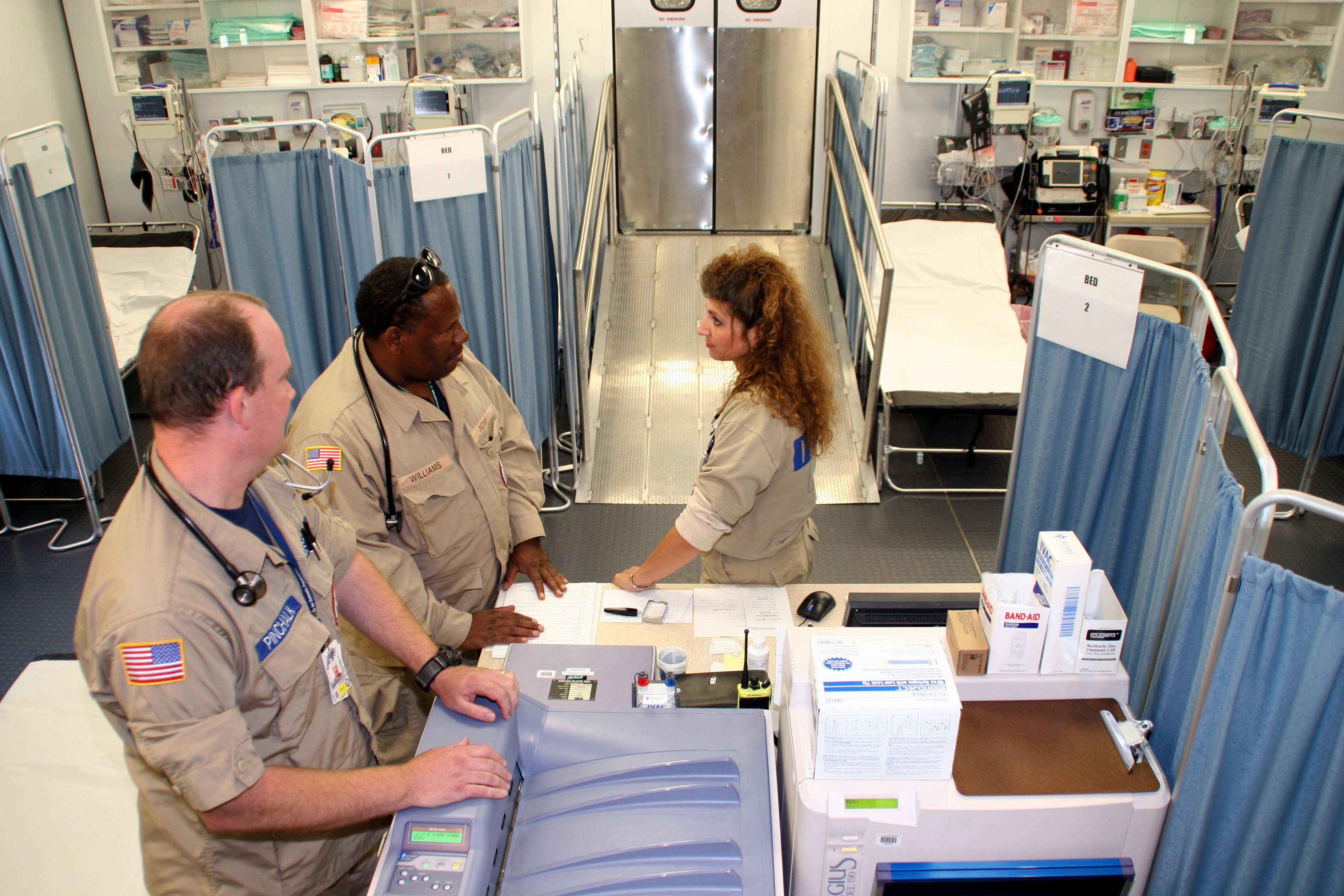|
Paddington Alcohol Test
The Paddington alcohol test (PAT) was first published in the '' Journal of Accident & Emergency Medicine'' in 1996. It was designed to identify alcohol-related problems amongst those attending accident and emergency departments. It concords well with the Alcohol Use Disorders Identification Test (AUDIT) questionnaire but is administered in a fifth of the time. When 40–70% of the patients in an accident and emergency department (AED) are there because of alcohol-related issues, it is useful for the staff of the AED to determine which of them are hazardous drinkers so that they can treat the underlying cause and offer brief advice which may reduce the health impact of alcohol for that patient. In accident and emergency departments it is also important to triage incoming patients as quickly as possible, to reduce staff size and cost. In one study, it took an average of 73 seconds to administer the AUDIT questionnaire but only 20 seconds for the PAT. The working version of the P ... [...More Info...] [...Related Items...] OR: [Wikipedia] [Google] [Baidu] |
Journal Of Accident & Emergency Medicine
The ''Emergency Medicine Journal'' is a monthly peer-reviewed medical journal that is published by the BMJ Group on behalf of the Royal College of Emergency Medicine of which it is an official journal It is also an official journal of the British Association for Immediate Care and the Faculty of Pre-Hospital Care of the Royal College of Surgeons of Edinburgh. The journal covers developments in the field of emergency and critical care medicine in both the hospital and pre-hospital environments. The journal was established in March 1984 as the ''Archives of Emergency Medicine'' and was renamed ''Journal of Accident and Emergency Medicine'' in 1994, before receiving its current title in March 2000. According to the ''Journal Citation Reports'', the journal has a 2023 impact factor The impact factor (IF) or journal impact factor (JIF) of an academic journal is a type of journal ranking. Journals with higher impact factor values are considered more prestigious or important within t ... [...More Info...] [...Related Items...] OR: [Wikipedia] [Google] [Baidu] |
Accident And Emergency Department
An emergency department (ED), also known as an accident and emergency department (A&E), emergency room (ER), emergency ward (EW) or casualty department, is a medical treatment facility specializing in emergency medicine, the acute care of patients who present without prior appointment; either by their own means or by that of an ambulance. The emergency department is usually found in a hospital or other primary care center. Due to the unplanned nature of patient attendance, the department must provide initial treatment for a broad spectrum of illnesses and injuries, some of which may be life-threatening and require immediate attention. In some countries, emergency departments have become important entry points for those without other means of access to medical care. The emergency departments of most hospitals operate 24 hours a day, although staffing levels may be varied in an attempt to reflect patient volume. History Accident services were provided by workmen's compensatio ... [...More Info...] [...Related Items...] OR: [Wikipedia] [Google] [Baidu] |
Alcohol Use Disorders Identification Test
The Alcohol Use Disorders Identification Test (AUDIT) is a ten-item questionnaire approved by the World Health Organization to screen patients for hazardous (risky) and harmful alcohol consumption. It was developed from a WHO multi-country collaborative study, the items being selected for the AUDIT being the best performing of approximately 150 items including in the original survey. It is widely used as a summary measure of alcohol use and related problems. It has application in primary health care, medical clinics, and hospital units and performs well in these settings. Using different cut-off points, it can also screen for Alcohol Use Disorder (DSM-5) and Alcohol Dependence. Guidelines for the use of the AUDIT have been published by WHO and are available in several languages. It has become a widely used instrument and has been translated into approximately fifty languages. The AUDIT consists of ten questions, all of which ask explicitly about alcohol: # Questions 1 to 3 ask a ... [...More Info...] [...Related Items...] OR: [Wikipedia] [Google] [Baidu] |
Emergency Department
An emergency department (ED), also known as an accident and emergency department (A&E), emergency room (ER), emergency ward (EW) or casualty department, is a medical treatment facility specializing in emergency medicine, the Acute (medicine), acute care of patients who present without prior appointment; either by their own means or by that of an ambulance. The emergency department is usually found in a hospital or other primary care center. Due to the unplanned nature of patient attendance, the department must provide initial treatment for a broad spectrum of illnesses and injuries, some of which may be Medical emergency, life-threatening and require immediate attention. In some countries, emergency departments have become important entry points for those without other means of access to medical care. The emergency departments of most hospitals operate 24 hours a day, although staffing levels may be varied in an attempt to reflect patient volume. History Accident services wer ... [...More Info...] [...Related Items...] OR: [Wikipedia] [Google] [Baidu] |
Alcoholism
Alcoholism is the continued drinking of alcohol despite it causing problems. Some definitions require evidence of dependence and withdrawal. Problematic use of alcohol has been mentioned in the earliest historical records. The World Health Organization (WHO) estimated there were 283 million people with alcohol use disorders worldwide . The term ''alcoholism'' was first coined in 1852, but ''alcoholism'' and ''alcoholic'' are considered stigmatizing and likely to discourage seeking treatment, so diagnostic terms such as ''alcohol use disorder'' and ''alcohol dependence'' are often used instead in a clinical context. Alcohol is addictive, and heavy long-term alcohol use results in many negative health and social consequences. It can damage all the organ systems, but especially affects the brain, heart, liver, pancreas, and immune system. Heavy alcohol usage can result in trouble sleeping, and severe cognitive issues like dementia, brain damage, or Wernicke–Kors ... [...More Info...] [...Related Items...] OR: [Wikipedia] [Google] [Baidu] |
CRAFFT Screening Test
The CRAFFT is a short clinical assessment tool designed to screen for substance-related risks and problems in adolescents. CRAFFT stands for the key words of the 6 items in the second section of the assessment - Car, Relax, Alone, Forget, Friends, Trouble. As of 2020, updated versions of the CRAFFT known as the "CRAFFT 2.1" and "CRAFFT 2.1+N" have been released. The older version of the questionnaire contains 9 items in total, answered in a "yes" or "no" format. The first three items (Part A) evaluate alcohol and drug use over the past year and the other six (Part B) ask about situations in which the respondent used drugs or alcohol and any consequences of the usage. The CRAFFT 2.1 screening tool begins with past-12-month frequency items (Part A), rather than the previous "yes/no" question for any use over the past year, and the other six (Part B) questions remain the same. The CRAFFT can function as a self-report questionnaire or an interview to be administered by a clinician. ... [...More Info...] [...Related Items...] OR: [Wikipedia] [Google] [Baidu] |
List Of Diagnostic Classification And Rating Scales Used In Psychiatry
The following diagnostic systems and rating scales are used in psychiatry and clinical psychology. This list is by no means exhaustive or complete. For instance, in the category of depression, there are over two dozen depression rating scales that have been developed in the past eighty years. Diagnostic classification Diagnostic criteria * Diagnostic and Statistical Manual of Mental Disorders (DSM) * Chinese Classification of Mental Disorders * Feighner Criteria * Research Diagnostic Criteria (RDC), 1970s-era criteria that served as a basis for DSM-III * Research Domain Criteria (RDoC), an ongoing framework being developed by the National Institute of Mental Health * International Classification of Diseases (11th Revision) Interview instruments using the above criteria * Autism Diagnostic Interview-Revised (ADI-R) * Structured Clinical Interview for DSM-IV (SCID) * Schedule for Affective Disorders and Schizophrenia (SADS) * Kiddie Schedule for Affective Disorders and Schizophren ... [...More Info...] [...Related Items...] OR: [Wikipedia] [Google] [Baidu] |
Severity Of Alcohol Dependence Questionnaire
The Severity of Alcohol Dependence Questionnaire (SADQ or SAD-Q) is a 20 item clinical screening tool designed to measure the presence and level of alcohol dependence. It is divided into five sections: * Physical withdrawal symptoms * Affective withdrawal symptoms * Craving and relief drinking * Typical daily consumption * Reinstatement of dependence after a period of abstinence. Each item is scored on a 4-point scale, giving a possible range of 0 to 60. A score of over 30 indicates severe alcohol dependence. Some local clinical guidelines use the SADQ to predict the levels of medication needed during alcohol detoxification.http://www.harrogatehealth.nhs.uk/gpguidelinesupload/GP%20Guidelines/Prescribing%20guidelines%20for%20alcohol%20misuse%20disorders%20Executive%20summary.doc See also *Alcoholism *Substance abuse * AUDIT Questionnaire * CAGE Questionnaire * CRAFFT Screening Test * Paddington Alcohol Test * List of diagnostic classification and rating scales used in psychiatr ... [...More Info...] [...Related Items...] OR: [Wikipedia] [Google] [Baidu] |
Substance Abuse
Substance misuse, also known as drug misuse or, in older vernacular, substance abuse, is the use of a drug in amounts or by methods that are harmful to the individual or others. It is a form of substance-related disorder, differing definitions of drug misuse are used in public health, medical, and criminal justice contexts. In some cases, criminal or anti-social behavior occurs when some persons are under the influence of a drug, and may result in long-term personality changes in individuals which may also occur. In addition to possible physical, social, and psychological harm, the use of some drugs may also lead to criminal penalties, although these vary widely depending on the local jurisdiction.. Drugs most often associated with this term include alcohol, amphetamines, barbiturates, benzodiazepines, cannabis, cocaine, hallucinogens, methaqualone, and opioids. The exact cause of substance abuse is sometimes clear, but there are two predominant theories: either a gene ... [...More Info...] [...Related Items...] OR: [Wikipedia] [Google] [Baidu] |


